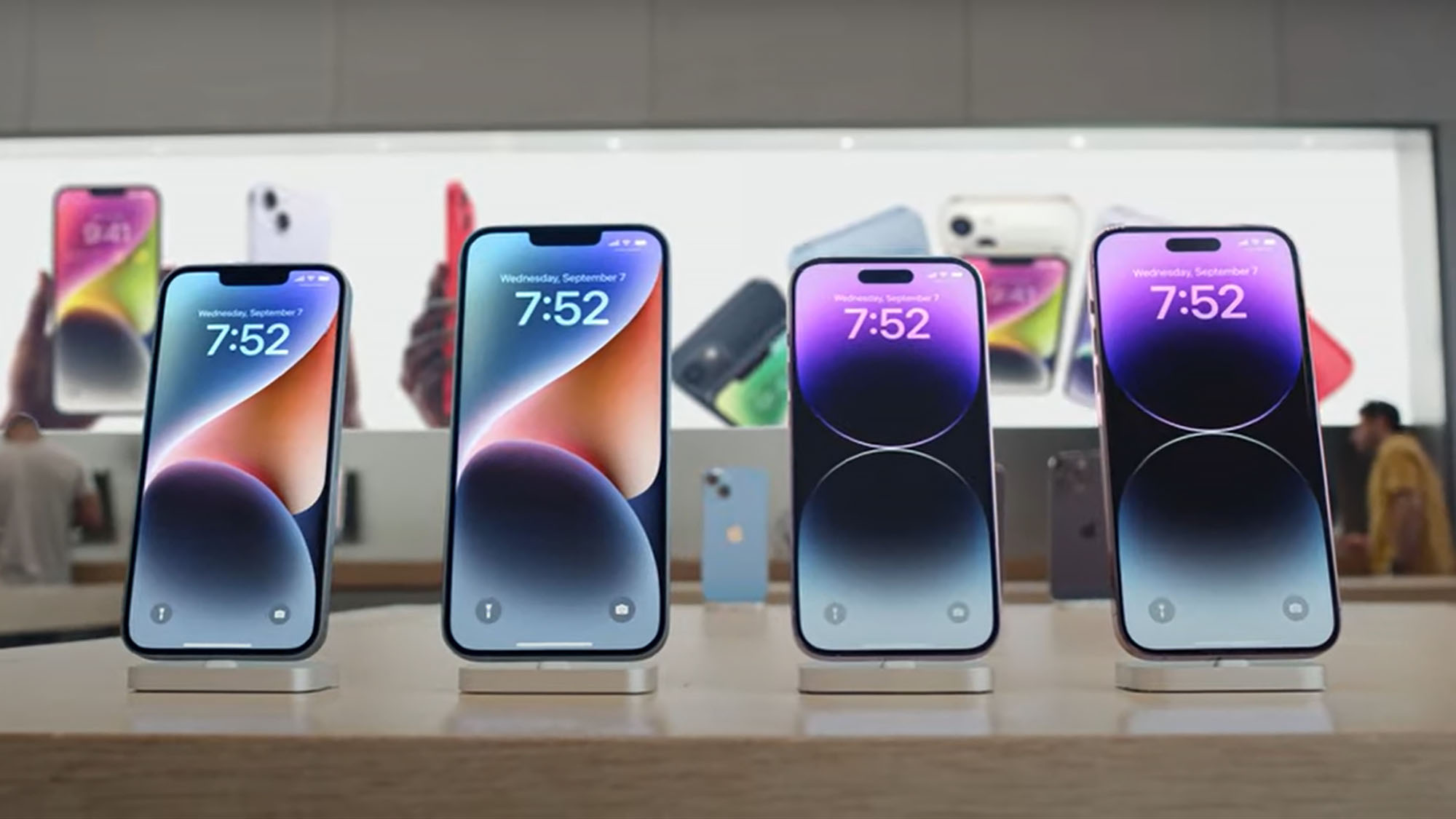The iPhone 15 might mark a shift to a new battery technology for Apple
Higher energy density

We've heard plenty of rumors about the iPhone 15, and the latest to catch our attention concerns a new type of battery technology that Apple may be introducing with the flagship handsets that are due to launch in September.
As per seasoned tipster @RGcloudS (via BGR), all four iPhone 15 models are due to come with what's known as stacked battery design. It's already used in electric vehicles, and – as the name suggests – means the battery components are stacked on top of each other.
That means, in theory, that the battery can be more tightly packaged and offer a higher energy density. The trade-off is that the battery runs hotter, so some careful engineering is going to be required to get this functioning properly inside an iPhone.
Assuming Apple's engineers can get it right, we may well see battery life improvements on the iPhone 15 series. It could also mean the batteries are physically smaller, giving more room inside the phone chassis for other components (or for cooling mechanisms).
Limited introduction
We don't get much more information about this stacked battery technology from the leak. Apparently the technology remains "limited", so it's possible that it's not being fully implemented this time around while Apple works out some of the kinks.
The same source does go on to say that iPhones with 40W wired and 20W MagSafe charging have been tested (up from 20W wired and 15W MagSafe on the iPhone 14 series) – while also pointing out that these speeds might not be reached until the iPhone 16.
We should mention that, as we've previously reported, the Samsung Galaxy S24 Ultra is rumored to be getting the same stacked battery technology, together with a corresponding boost in the charging speeds it offers.
Sign up for breaking news, reviews, opinion, top tech deals, and more.
Another reason that the iPhone 15 handsets might offer better battery life than their predecessors is the introduction of the Apple A17 chip and the improved efficiency that it offers. We should know for sure when these phones launch later in the year.

Dave is a freelance tech journalist who has been writing about gadgets, apps and the web for more than two decades. Based out of Stockport, England, on TechRadar you'll find him covering news, features and reviews, particularly for phones, tablets and wearables. Working to ensure our breaking news coverage is the best in the business over weekends, David also has bylines at Gizmodo, T3, PopSci and a few other places besides, as well as being many years editing the likes of PC Explorer and The Hardware Handbook.